Cheongdamgol (청담골)
11.3Km 2021-04-17
48, Seolleung-ro, 148-gil, Gangnam-gu, Seoul
+82-2-543-1252
It is a house where you can enjoy Hanjeongsik (Korean Table d'hote) at a reasonable price. The best menu at this restaurant is Korean table d'hote. This Korean dishes restaurant is located in Gangnam-gu, Seoul.
Gungnara Naengmyeon Mukbap (궁나라냉면묵밥)
11.3Km 2025-05-19
6, Jibong-ro 12-gil, Jongno-gu, Seoul
Cheongchun Theater (청춘극장)
11.3Km 2021-03-29
112-5, Haengdang-ro, Seongdong-gu, Seoul
+82-2-2294-6995
It is a restaurant frequented by many celebrities. The best menu at this restaurant is grilled back ribs. This Korean dishes restaurant is located in Seongdong-gu, Seoul.
Seongbukdong Dwaejigalbi (성북동 돼지갈비)
11.3Km 2019-12-24
115, Seongbuk-ro, Seongbuk-gu, Seoul
+82-2-764-2420
In business for more than 40 years, Seongbukdong Dwaejigalbijip has become a local legend thanks to its simple but savory menu. Pork served at the restaurant is marinated overnight in a special sauce, which infuses the meat with rich flavors that are released when the meat is grilled and the fat drips off. The restaurant’s main dishes include dwaeji galbi (grilled pork ribs) and dwaeji bulgogi baekban (set meal with bulgogi meat grilled over the fire).
Ssangdari Gisa Sikdang (쌍다리기사식당)
11.4Km 2021-03-29
4, Seongbuk-ro 23-gil, Seongbuk-gu, Seoul
+82-2-743-0325
As a place where you can eat at affordable prices, it is a restaurant loved by local residents. The best menu at this restaurant is pork bulgogi. This Korean dishes restaurant is located in Seongbuk-gu, Seoul.
Templo Myogaksa (묘각사)
11.4Km 2021-02-04
Jongno 63-gagil 31, Jongno-gu, Seúl.
El templo Myogaksa se localiza en la ladera oriental del monte Naksan, en Sungin-dong, Jongno-gu, Seúl. Construido por el monje Taeheo en mayo de 1930, se ha expandido hasta tener dos renovaciones. La ubicación del templo se basa en los principios del feng-shui (pungsu en coreano), que dictamina que un templo construido en este sitio traerá paz y comodidad a los habitantes de Seúl. El complejo del templo Myogaksa tiene un Santuario Deabul (Gran Buda), un santuario budista Wontong, un pabellón de oraciones Nakga, una Gruta Seokguram, un Pabellón del Espíritu de la Montaña (Sansingak), etc. Los santuarios Deabul y Wontong son magníficas obras de arte arquitectónico budista. La estatua de Buda, ubicada en la Gruta Seokguram, fue contruida alrededor del siglo IX o principios del siglo X, y es un tesoro nacional. La estatua Maebul, también en este templo, fue tallada de los acantilados de roca del monte Naksan y es un patrimonio cultural de la ciudad de Seúl.
Desde la Copa del Mundo de 2002, el templo Myogaksa lleva adelante un programa de estancia en templo, y es un maravilloso lugar donde los turistas pueden escapar del bullicio de Seúl y sentir la serenidad del budismo.
Museo Nacional de Ciencia de Gwacheon (국립과천과학관)
11.4Km 2024-12-23
Sanghabeol-ro 110, Gwacheon-si, Gyeonggi-do.
+82-2-3677-1500
El Museo Nacional de Ciencia de Gwacheon es un lugar simbólico de la tecnología científica de Corea, que tiene como objetivo provocar curiosidad sobre la ciencia a los niños y jóvenes y ofrecer a los ciudadanos información científica aplicada en nuestra vida diaria. El edificio comprende distintas salas y áreas divididas según la temática. En el patio, hay lugares de exhibición al aire libre y una zona de aprendizaje verde para niños. El 50% de las exhibiciones del museo son interactivas gracias a la tecnología, y el museo en sí también es un buen lugar para descansar.
L’maitie (라미띠에)
11.4Km 2021-03-24
30, Dosan-daero, 67-gil, Gangnam-gu, Seoul
+82-2-546-9621
It’s a 2020 Michelin Guide restaurant. This Western dishes restaurant is located in Gangnam-gu, Seoul. The representative menu is lobster.
The-K Hotel Seoul (더케이호텔서울)
11.4Km 2025-05-15
70, Baumoe-ro 12-gil, Seocho-gu, Seoul
Río Hangang (한강)
11.4Km 2021-01-28
Gangbyeonbuk-ro 257, Seongdong-gu, Seúl
+82-2-120
Fluyendo sus aguas por la parte central de la península coreana, el río Hangang nace en Gangwon-do y sigue su recorrido por Chungcheongbuk-do, Gyeonggi-do, pasando por Seúl hasta llegar al mar Amarillo. El río ha sido testigo de los buenos y malos momentos de la historia de Corea por más de 5.000 años. Los parques alrededor de la ciudad son un buen espacio de recreo para los ciudadanos de la capital.
El río Namhangang (río Hangang del Sur), la mayor fuente del río principal, nace en la ciudad de Taebaek, en la provincia de Gangwon-do. Sus aguas fluyen dirección norte hasta el arroyo Goljicheon en Samcheok y siguen por la presa Gwangdong hasta llegar al arroyo Songcheon.
El arroyo Songcheon nace en el monte Hwangbyeongsan (1.407 m), en Jeongseon-gun, y fluye hasta el río Joyanggang. Después de juntarse con el arroyo Odaecheon, sigue dirección sur hasta llegar al río Donggang, que acaba juntándose con el río Seogang. Una vez junta sus aguas con el arroyo Dalcheon en la ciudad de Chungju, el río Seomgang y el río Cheongmicheon se unen con los arroyos Yanghwacheon, Bokhacheon y Heukcheon hasta que finalmente forman un solo río con el Bukhangang (río Hangang del Norte).
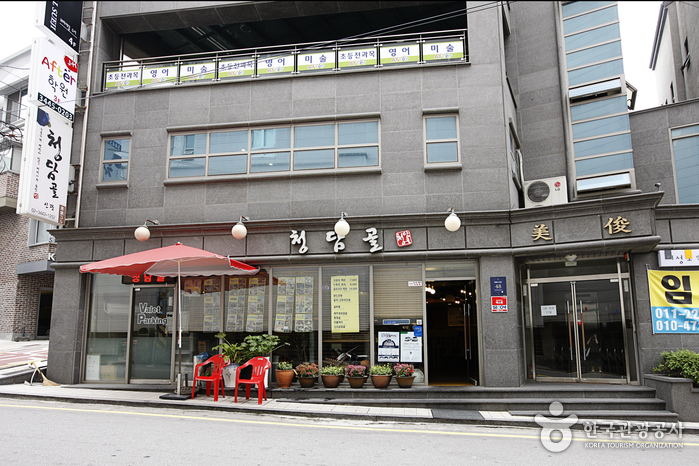

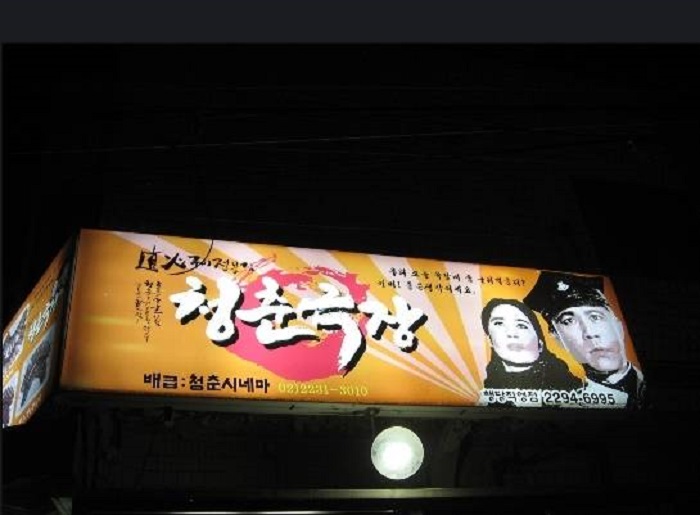
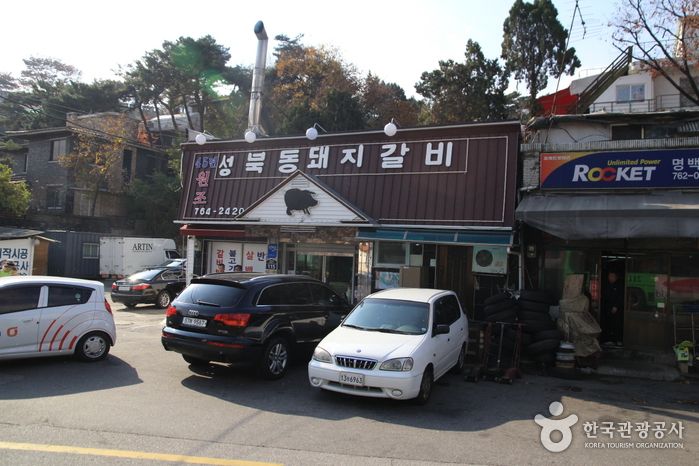

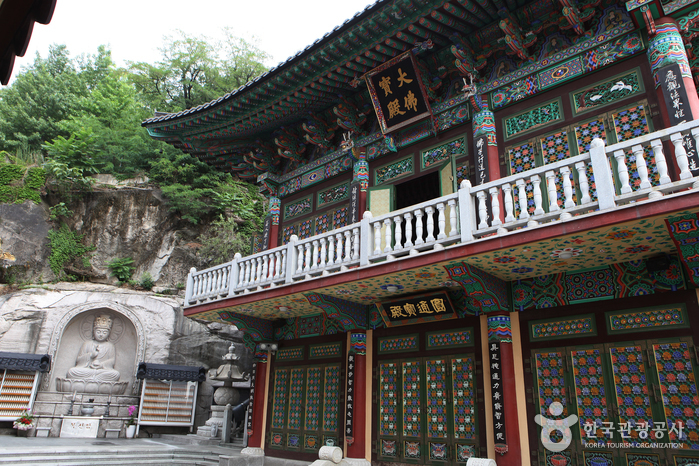
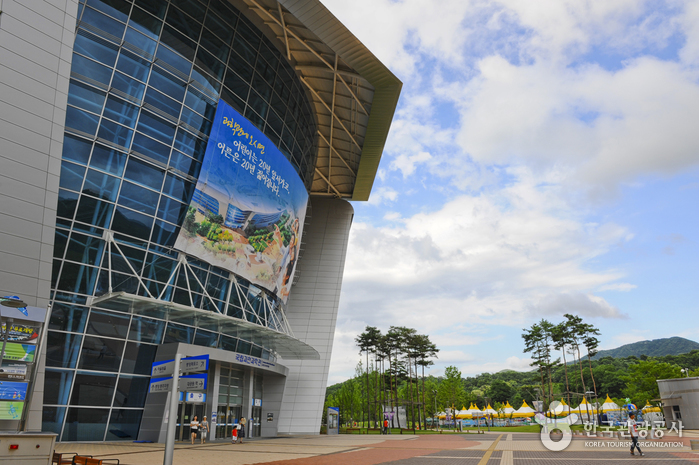

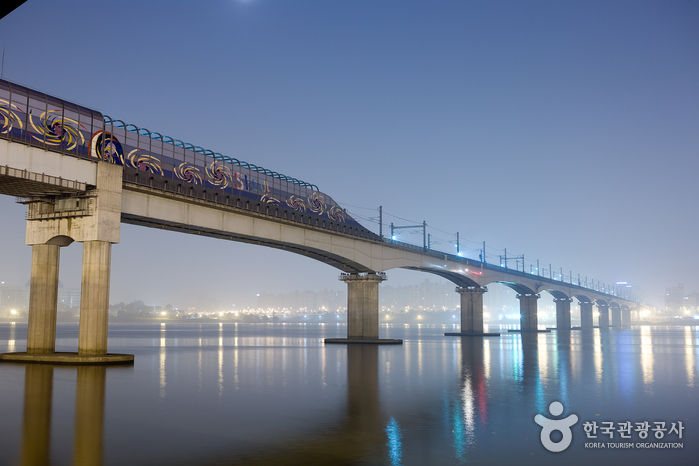
 Español
Español
 한국어
한국어 English
English 日本語
日本語 中文(简体)
中文(简体) Deutsch
Deutsch Français
Français Русский
Русский